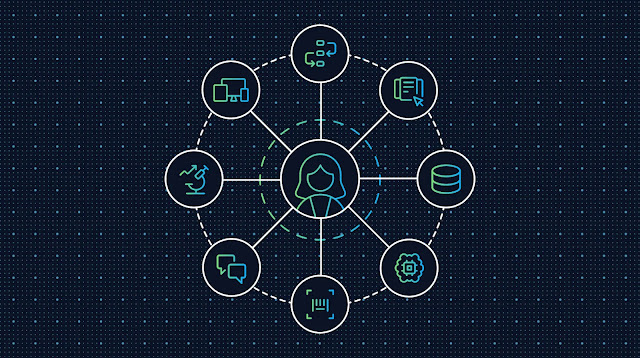In today’s fast-paced digital world, businesses need to provide exceptional customer support to stay competitive. With customers using various channels to interact with companies, it is crucial for businesses to understand the difference between omnichannel and multichannel customer support.
While these terms may sound similar, they represent distinct approaches to customer service. Let’s delve deeper into what sets them apart.
Multichannel Customer Support
Multichannel customer support refers to a strategy where businesses offer support across multiple communication channels. This approach recognizes that customers have different preferences when it comes to interacting with companies. Some customers prefer traditional channels like phone calls, while others favor newer channels such as live chat or social media.
The primary goal of multichannel customer support is to provide customers with options. By offering various channels, businesses can meet customers where they are and provide a seamless experience. For example, a customer might initially try to resolve an issue by sending an email but later decide to follow up with a phone call. With multichannel support, the customer can choose the channel that suits them best at each stage of their journey.
However, it is important to note that multichannel customer support does not necessarily ensure a consistent experience across channels. Each channel is often treated as a separate entity, and information may not be shared effectively between them. Consequently, customers may need to repeat their concerns or provide their information multiple times when switching channels. This fragmentation can lead to frustration and dissatisfaction.
Omnichannel Customer Support
Omnichannel customer support takes the concept of multichannel support a step further by focusing on providing a consistent and seamless experience across all channels. With an omnichannel approach, businesses aim to integrate all customer touchpoints, ensuring that information and context are shared seamlessly between channels.
The key distinction of omnichannel customer support is that it recognizes the customer’s journey as a whole. Whether a customer reaches out via phone, email, live chat, or social media, an omnichannel strategy ensures that their interactions are connected. This means that no matter how a customer chooses to interact, their previous interactions and information are readily available to support agents.
For instance, imagine a customer starts a conversation through live chat but later decides to continue the conversation by phone. With an omnichannel approach, the customer won’t need to repeat their previous interactions or explain their issue from scratch. The support agent will have access to the chat history and can seamlessly continue the conversation from where it left off.
Omnichannel customer support is all about providing a personalized and consistent experience. It allows businesses to understand each customer’s unique journey and preferences, which in turn helps to build stronger relationships. By having a holistic view of each customer’s interactions, support agents can provide more efficient and effective solutions, ultimately leading to higher customer satisfaction.
Choosing the Right Approach
Both multichannel and omnichannel customer support have their merits, and businesses must choose the approach that aligns with their goals and resources. Here are some factors to consider when deciding which approach to adopt:
Customer Expectations
Consider your target audience and the channels they prefer to use. If your customers predominantly use a specific channel, it may be more effective to focus on providing excellent support through that channel. However, if your customers use multiple channels, an omnichannel approach may be necessary to meet their expectations.
Resource Allocation
Implementing an omnichannel customer support strategy requires more resources, both in terms of technology and training. Consider whether your business has the capacity to integrate channels seamlessly and provide consistent support across each one. If resources are limited, a multichannel approach may be more feasible.
Complexity of Interactions
Consider the complexity of customer interactions. If your products or services require extensive support or involve multiple touchpoints, an omnichannel approach may be more appropriate. The ability to access and share information across channels can significantly enhance the customer experience in such scenarios.
Scalability
Think about the future growth and scalability of your business. As your customer base expands, their demands may change. Anticipating this growth and planning for an omnichannel approach from the start can save you from having to overhaul your customer support strategy later on.
Technology Capabilities
Assess the capabilities of your existing customer support technology. If you already have systems in place that can integrate multiple channels seamlessly, you may be well-suited for an omnichannel approach. However, if your technology is limited, it may be more practical to start with a multichannel strategy and gradually transition to omnichannel as you upgrade your systems.
Ultimately, the choice between multichannel and omnichannel customer support depends on your business’s unique circumstances and objectives. Regardless of the approach you choose, the key is to prioritize a customer-centric mindset and provide exceptional support across all channels.
Conclusion
In the realm of customer support, both multichannel and omnichannel strategies have their place. Multichannel support offers customers options and flexibility, while omnichannel support takes it a step further by providing a consistent and seamless experience across all channels. By understanding the differences between these approaches, businesses can make informed decisions to enhance their customer support efforts. Remember, the key is to align your strategy with customer expectations and provide personalized and efficient support, regardless of the chosen approach.




0 Comments
Post a Comment